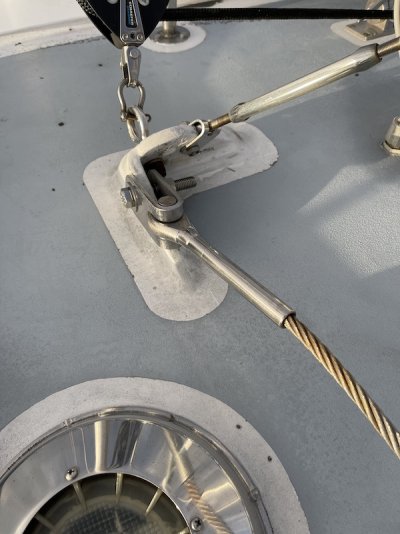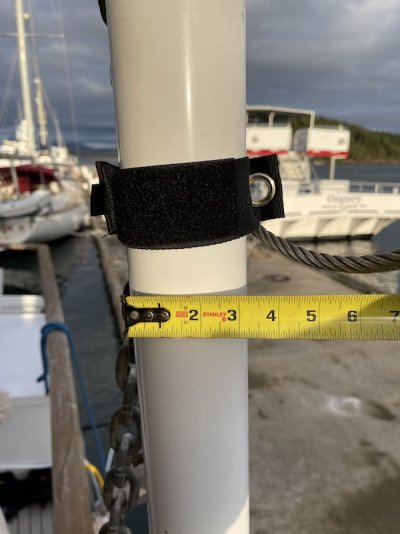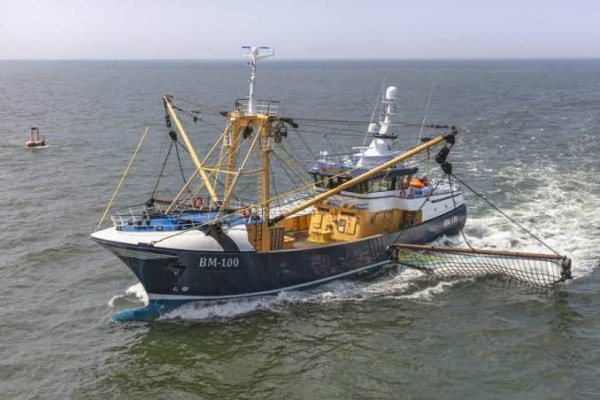Airstream345
Guru
- Joined
- Jul 3, 2017
- Messages
- 1,016
- Location
- United States
- Vessel Name
- FORTITUDE
- Vessel Make
- Kadey Krogen 54-8
Turns out I recorded a short video of their setup last year (with permission). You can view it below.
https://youtu.be/TO2vElSMI8w
I'll note that when the poles are out the cables are horizontal - which also tells me there isn't any downforce on the rig, but the is compresion force on the poles (they are mounted low near the rubrail) and horizontal force on the topping lift and chainplates.
This was the boat/rig that gave me the "aha!" moment about how paravane forces work. The fish pull down and back. The pole multiplies that force (in this case horizontally) and the boat rotates back to equilibirium between the two fish. Given this rig has no actual "rig" it finally made a ton of sense.
It's a lot like a sailboat mast.
https://youtu.be/TO2vElSMI8w
I'll note that when the poles are out the cables are horizontal - which also tells me there isn't any downforce on the rig, but the is compresion force on the poles (they are mounted low near the rubrail) and horizontal force on the topping lift and chainplates.
This was the boat/rig that gave me the "aha!" moment about how paravane forces work. The fish pull down and back. The pole multiplies that force (in this case horizontally) and the boat rotates back to equilibirium between the two fish. Given this rig has no actual "rig" it finally made a ton of sense.
It's a lot like a sailboat mast.
Last edited:







